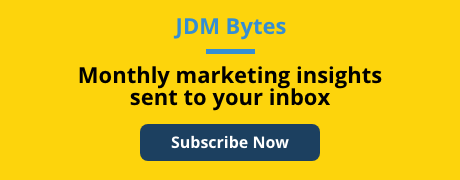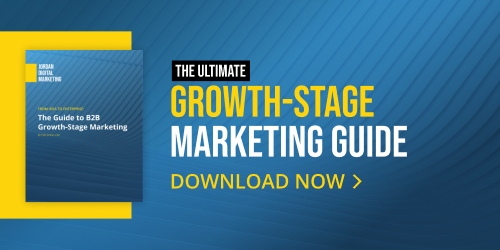Growing AI Search Visibility Phase 3: How to Earn and Increase Inclusion in AI Answers
Google announced 3 updates to RSAs to make them even more ‘responsive’ to make ads more relevant for each user. Like most Google releases lately, it leans even harder into AI and auto-generated ads, and while there are some benefits, there are also some important caveats to consider.
Let’s dig into the updates – and how I feel about using them.
3 New Google RSA Features
The updates are:
- Ads can now serve just one headline instead of two when Google’s AI predicts a single headline will perform better.
- Campaign-level headlines & descriptions - You can now associate up to three headlines and two descriptions at the campaign level. For example, if you’re running a sale that applies to all ad groups in a campaign, you can set headlines & descriptions for the sale at the campaign level and schedule specific start and end dates for them.
- Best performing assets - When you’re opted into account-level Automated Assets, Google will show AI-generated assets with ads on your behalf if it thinks they’ll perform better. These can appear alongside or in place of your manually created material (previously, your manually created assets took precedence over any automated assets).
Here’s how I’m approaching these updates:
I’m not all that excited about the first and third updates because they just give even more freedom to Google to play around with messaging, which means advertisers have less control. With such limited insights into what is performing, we just have to trust that Google knows what it’s doing – which we absolutely caution against doing.
As for the update on best-performing assets, I don’t see it affecting our clients much, since we recommend opting out of account-level automated assets. If you’re not a JDM client, I recommend thinking long and hard before activating any settings giving Google control at the account level.
The second update – campaign-level headlines and descriptions – do have some appeal to me. For one thing, the feature will make it easier to update ad copy for things like seasonal sales, new features, or launches. I also love the fact that you can set start and end dates depending on how long you want to run those headlines and descriptions – it’s very similar to promo extensions and has nice utility for advertisers.
As usual with Google’s recent releases, I’d be a lot more excited if they came with more data and insights. For instance, it would be great to see the difference in performance for ads with one headline and ads with two or three headlines instead of just taking Google’s word for it.
For now, we’ll approach these releases with our normal healthy skepticism and continue to encourage Google to give us more visibility into the performance resulting from the new features.
Keep an eye on the JDM blog for more reactions as Google rolls out future updates.
Tags:

Feb 15, 2024 11:02:52 AM




-Dec-04-2025-09-58-32-5416-PM.png?width=500&height=500&name=Regular%20Blog%20Hero%20(1)-Dec-04-2025-09-58-32-5416-PM.png)
